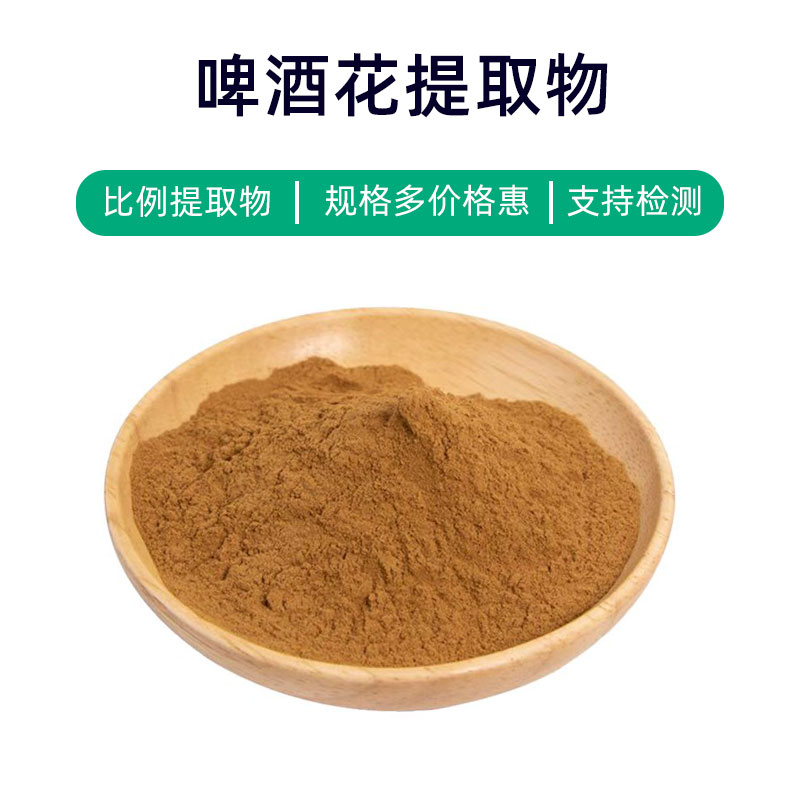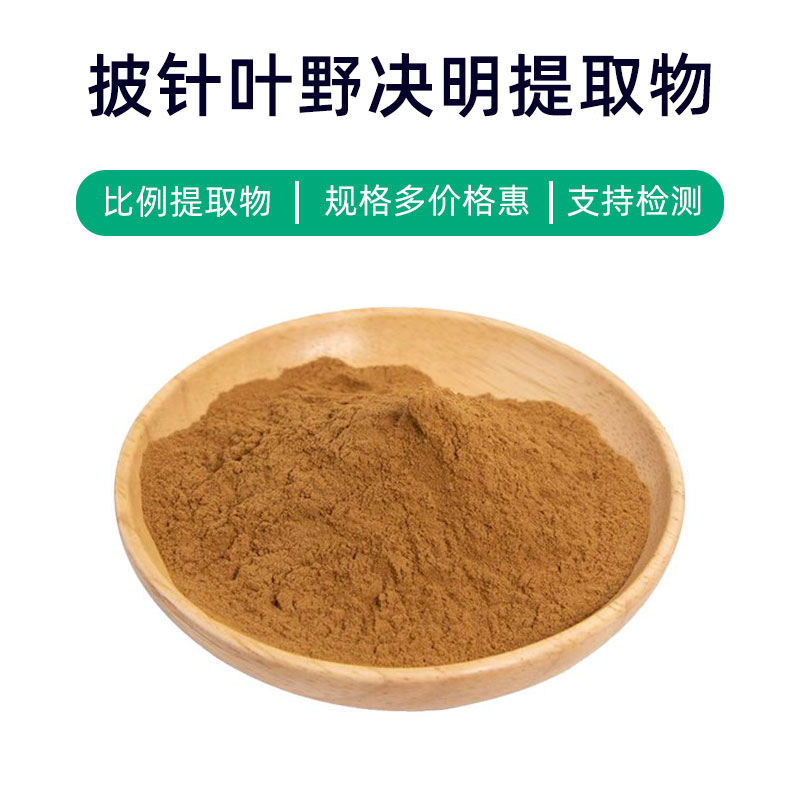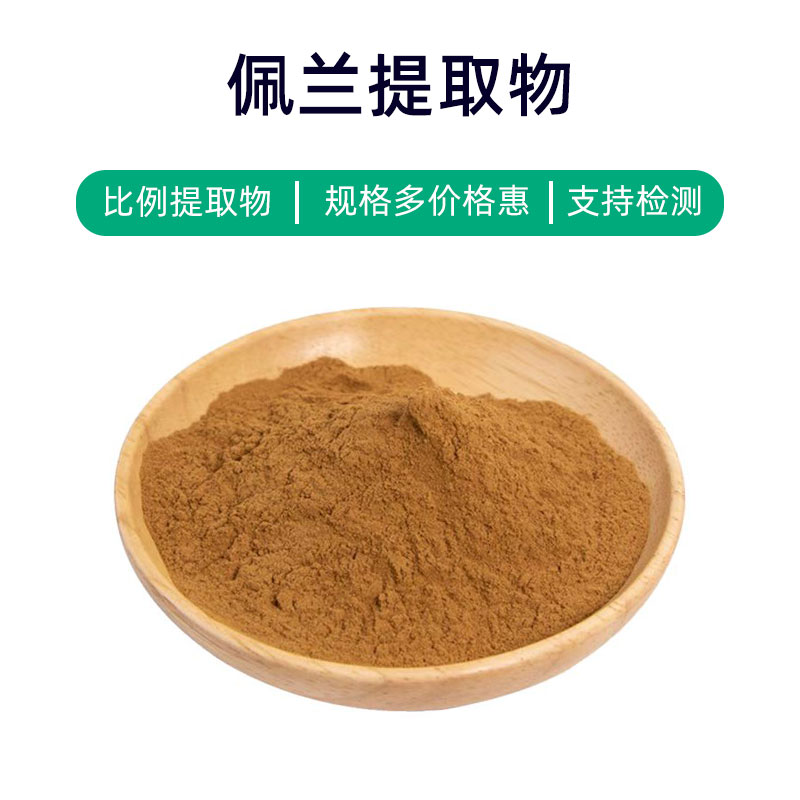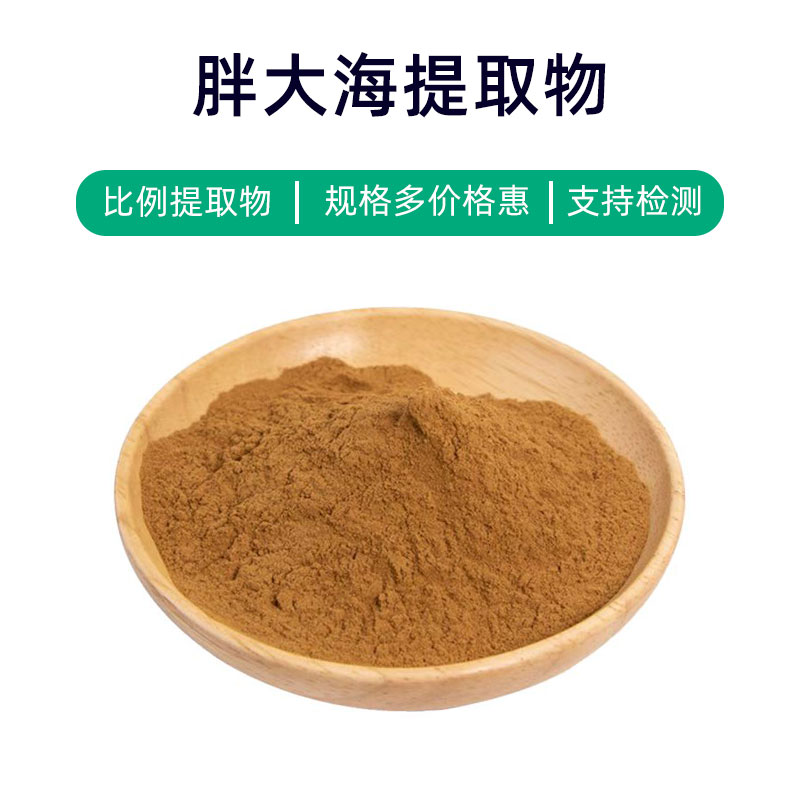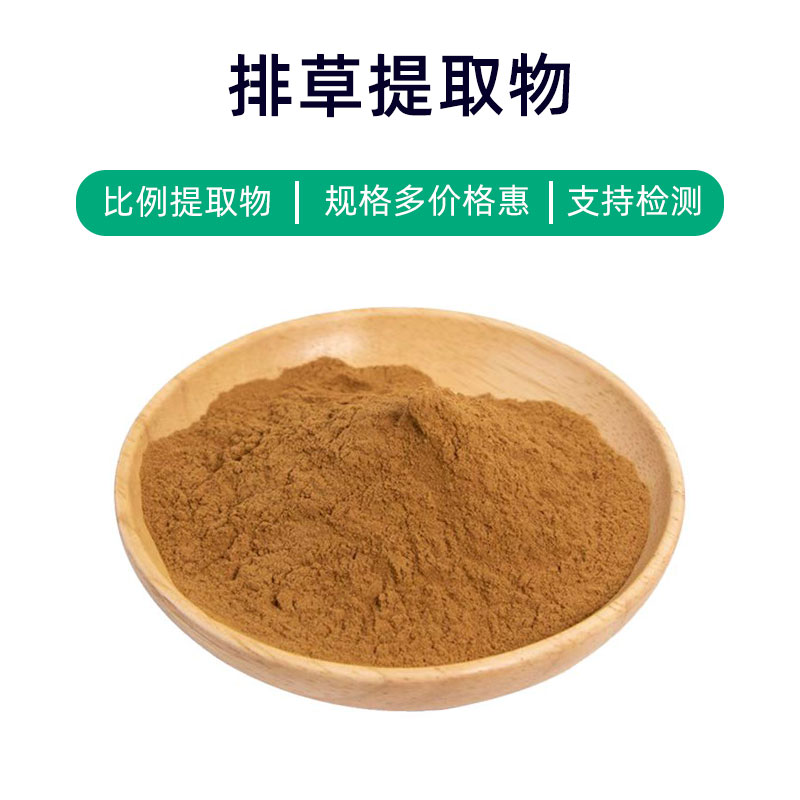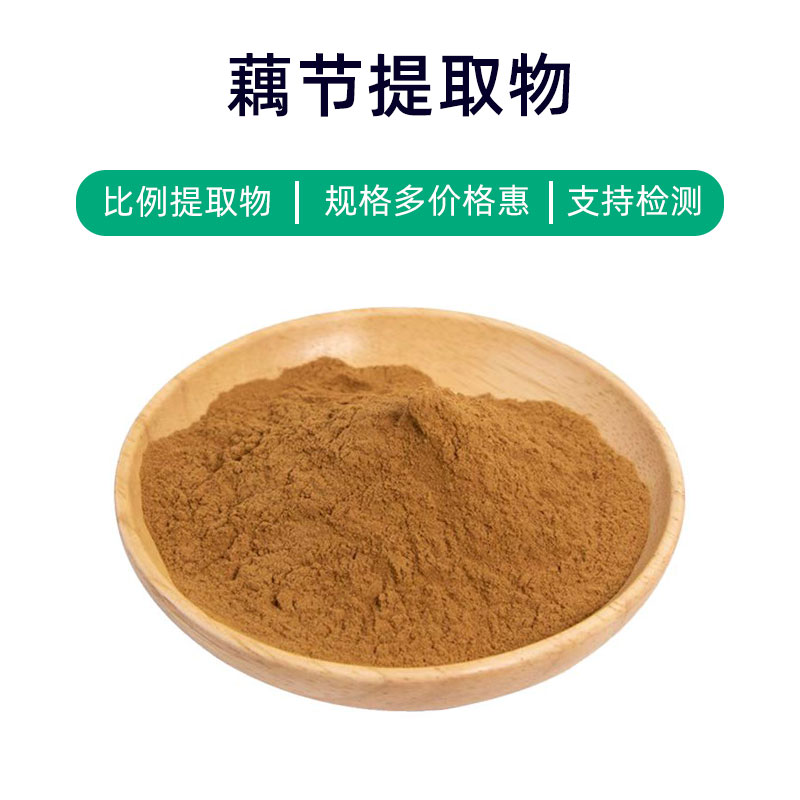Horseradish Extract Product Introduction
Horseradish extract is a natural plant extract obtained from the root of horseradish (Armoracia rusticana). Its main components include allyl isothiocyanate, glucosinolate, and vitamin C. Allyl isothiocyanate is its primary active ingredient, known for its spicy flavor and pungent aroma.
Horseradish extract has various benefits and applications. Primarily, its spicy taste makes it a great condiment that enhances food flavor and texture. Additionally, horseradish extract is widely used in the pharmaceutical field as a natural medicinal ingredient. Allyl isothiocyanate exhibits antibacterial, anti-inflammatory, and antioxidant properties, making it useful in treating colds, respiratory infections, and digestive issues. Moreover, it is often included in health supplements to aid digestion, boost immunity, and improve resistance to illnesses.
Overall, horseradish extract is a nutrient-rich natural plant extract with multiple benefits. It serves as a seasoning to enhance food flavors and plays an important role in medicine and health products, helping individuals maintain their health and strengthen their immune systems.
Horseradish Extract Production Process
The production process of horseradish extract mainly includes the following steps:
- Raw Material Preparation: Choose fresh horseradish roots as the extraction material to ensure quality and nutrient integrity.
- Washing and Processing: Clean the horseradish roots to remove dirt and impurities, then chop or grind them into appropriately sized particles.
- Extraction Process: Mix the processed horseradish roots with an appropriate amount of solvent (such as water or ethanol) and proceed with the extraction. This can be done using traditional soaking methods or modern supercritical fluid extraction techniques.
- Concentration and Filtration: Concentrate the extract to remove excess solvent, resulting in horseradish extract. During this process, filtration may be necessary to remove residues and impurities.
- Refinement and Purification: Further refine and purify the horseradish extract to improve its purity and the content of active ingredients.
- Drying: Dry the refined horseradish extract to reduce moisture content, extend its shelf life, and facilitate subsequent processing into final products.
- Packaging and Storage: Package the dried horseradish extract in sealed containers or packaging materials to prevent moisture and contamination. Store in a dry, cool, and well-ventilated environment, avoiding direct sunlight and high temperatures.
- Quality Control: Strictly follow quality control standards throughout the production process, monitoring to ensure the product meets relevant quality standards and safety requirements.
By following these process steps, high-quality horseradish extract with high purity and rich active ingredients can be produced for use in pharmaceuticals, food, and health products.
Horseradish Extract Benefits and Side Effects
As a natural plant extract, horseradish extract has wide applications in medicine and food, with various benefits and effects. The main benefits and effects include:
- Antibacterial and Anti-inflammatory: Horseradish extract contains various active ingredients that have strong antibacterial and anti-inflammatory properties, potentially inhibiting the growth of bacteria, fungi, and viruses, which can help prevent and treat infections in the oral cavity and respiratory tract.
- Boosting Immunity: Horseradish extract is rich in vitamin C and sulfur compounds, which can enhance immune function and increase resistance, providing supportive benefits in preventing colds and influenza.
- Digestive Stimulation: Its spicy nature stimulates the digestive tract's mucosa, promoting the secretion of digestive juices and enhancing gut motility, helping to alleviate indigestion and bloating.
- Improving Respiratory Diseases: The pungent aroma can stimulate the respiratory tract's mucosa, promoting the expulsion of secretions, easing nasal congestion and throat pain, and providing relief for colds and rhinitis.
- Antioxidant Effects: The sulfur compounds in horseradish extract have strong antioxidant properties, helping to eliminate free radicals in the body, delay aging, and protect cells from oxidative damage.
- Vasodilation: Active compounds in horseradish extract can stimulate blood vessel dilation, promoting blood circulation, which may help reduce blood pressure and improve cardiovascular health.
- Appetite Stimulation: The spicy flavor and aroma can stimulate appetite, which helps improve issues like loss of appetite or indigestion.
While horseradish extract offers many benefits, the following points should be noted during use:
- Excessive consumption may lead to gastrointestinal discomfort, such as heartburn, stomach pain, or nausea, so it should be consumed in moderation to avoid overstimulating the digestive system.
- Some individuals may experience allergic reactions, such as skin redness, itching, or difficulty breathing; sensitive individuals should exercise caution before use.
- During oral or topical application, avoid contact with eyes and mucous membranes to prevent discomfort.
In summary, horseradish extract has multiple benefits, including antibacterial and anti-inflammatory effects, immunity boosting, and digestive stimulation. However, care should be taken regarding appropriate amounts and individual differences to avoid adverse reactions.
Horseradish Extract Applications and Dosage
Horseradish extract has widespread applications in medicine, food, and cosmetics. Here are its applications and recommended dosages in different fields:
- Medical Applications:
- Commonly used to prepare medications for colds and coughs, such as horseradish granules or oral liquids. The recommended dosage for adults is typically 5-10 grams per dose, with adjustments for children as needed, taken 2-3 times a day.
- Can be included in topical anti-inflammatory ointments for treating skin infections and inflammations, with application quantities usually based on the severity of the condition, applied 2-3 times daily.
- Food Applications:
- Used as a seasoning to enhance the spicy flavor and aroma of foods, such as in making horseradish sauce or salad dressings. The quantity should be adjusted according to individual taste preferences and needs.
- In processed meat products, horseradish extract is often used for marinating or flavoring, enhancing the taste and texture of meats, typically used at 1-3% of the meat's weight.
- Cosmetic Applications:
- Utilized in oral care products like mouthwash and toothpaste, offering freshening and anti-inflammatory benefits. Generally recommended at 1-2 drops per use, with adjustments as necessary.
- As an ingredient in hair care products, it can be used to condition the scalp and reduce dandruff, applied by massaging into the scalp or mixing with shampoo as needed.
Overall, horseradish extract is commonly used in medicine to treat respiratory infections and skin issues; in food to add flavor; and in cosmetics for oral and hair care. When using, it's important to follow specific guidelines and product instructions to avoid adverse reactions from excessive amounts.
Horseradish Source Plant Overview, Distribution, and Growing Environment
Horseradish (scientific name: Armoracia rusticana) is a perennial herbaceous plant belonging to the mustard family. It is commonly used as both a food and medicinal plant, with its roots being an important source for horseradish condiments and medicinal preparations.
Source Plant Overview:
Horseradish plants have erect stems that can reach up to 1.5 meters tall. The leaves are oval to elongated oval with serrated edges. Its roots are well-developed, cylindrical, dark brown on the outside, and white on the inside, with a firm texture and a pungent aroma and flavor.
Distribution:
Original to Europe, particularly in Eastern and Southern Europe, including countries like Russia, Poland, Ukraine, and Hungary. It has been cultivated worldwide, including in Asia, North America, and Oceania. Under suitable climatic and soil conditions, horseradish can thrive.
Growing Environment:
Horseradish prefers mild and moist climates and has no strict soil requirements but grows best in fertile, well-drained soils. While it does require plenty of sunlight, it can also adapt to partial shade. The ideal temperature range for growth is between 10-20 degrees Celsius; high temperatures can affect its growth and root quality.
Horseradish is a robust plant, resistant to cold and drought; however, it does not thrive in drought or flooded conditions. In suitable environments, horseradish grows relatively quickly, with roots ready for harvest usually within 1-2 years after planting.
In conclusion, horseradish is a resilient and fast-growing plant that flourishes in mild and moist climates, with substantial distribution and cultivation worldwide.
Horseradish Extract Processing and Storage
The processing of horseradish extract typically includes the following steps: first, the horseradish roots are harvested, then cleaned, peeled, and chopped into suitable-sized pieces. Next, the chopped horseradish roots are milled or soaked to extract the active components. The liquid extracted can undergo filtration, concentration, and drying to ultimately yield horseradish extract.
When storing and preserving horseradish extract, a dry, cool, and ventilated environment should be chosen, avoiding direct sunlight and humidity. The extract can be kept in sealed containers to prevent moisture and contamination. Additionally, regularly check the extract’s condition and reseal or replace containers when necessary to ensure its quality and stability.
Monica Sun is a seasoned expert in the plant extraction industry with over a decade of experience in research and production. She specializes in the extraction and purification of plant active ingredients, focusing on driving innovation in natural product applications. Monica has participated in the development of multiple functional plant extracts, delivering high-value natural raw material solutions for the health food, pharmaceutical, and dietary supplement sectors.









